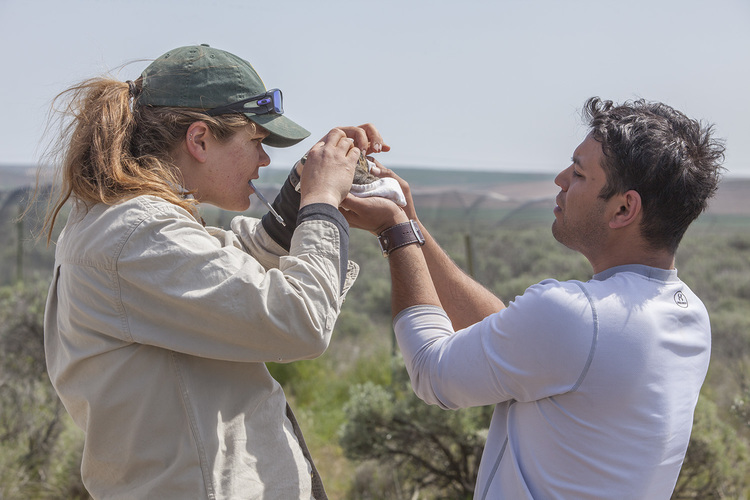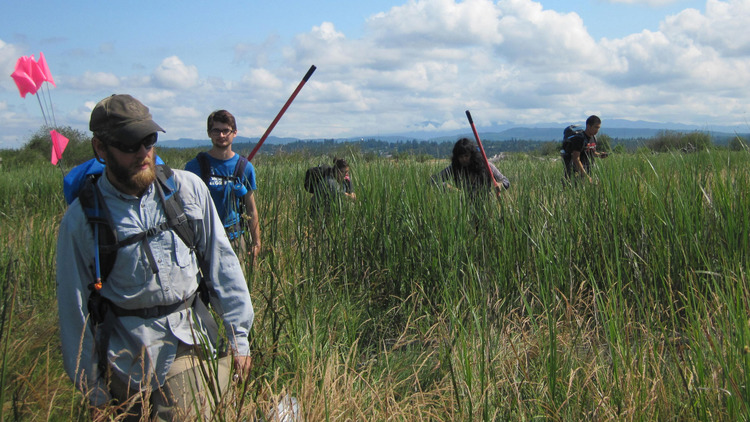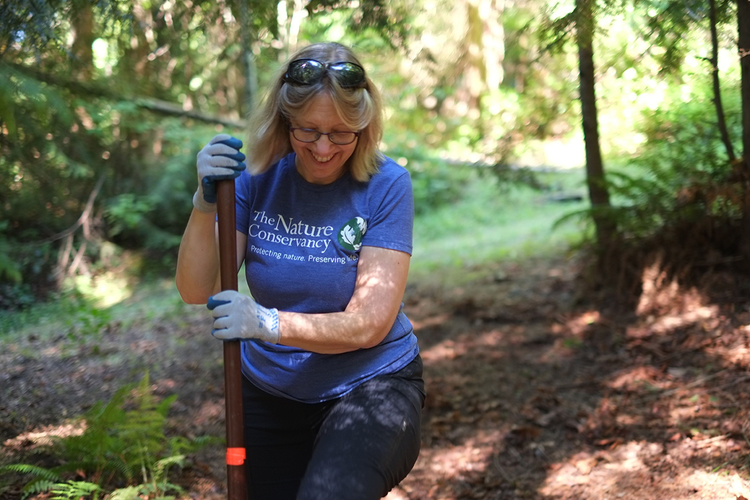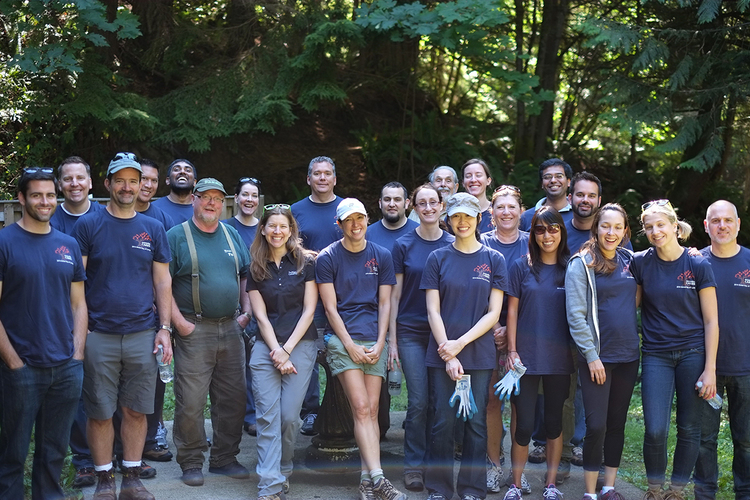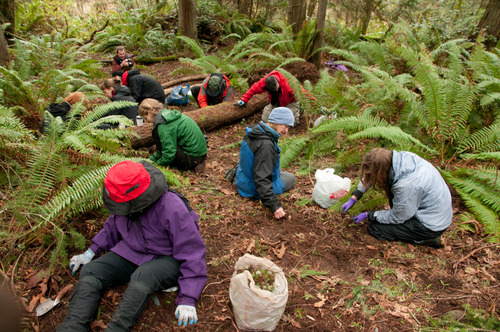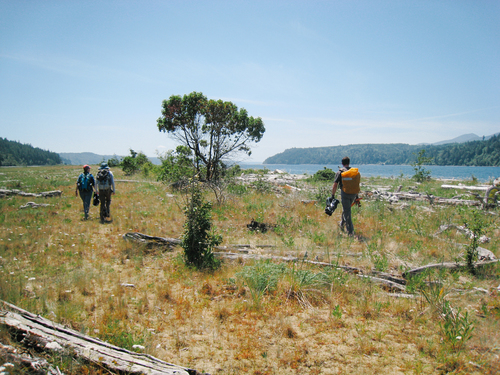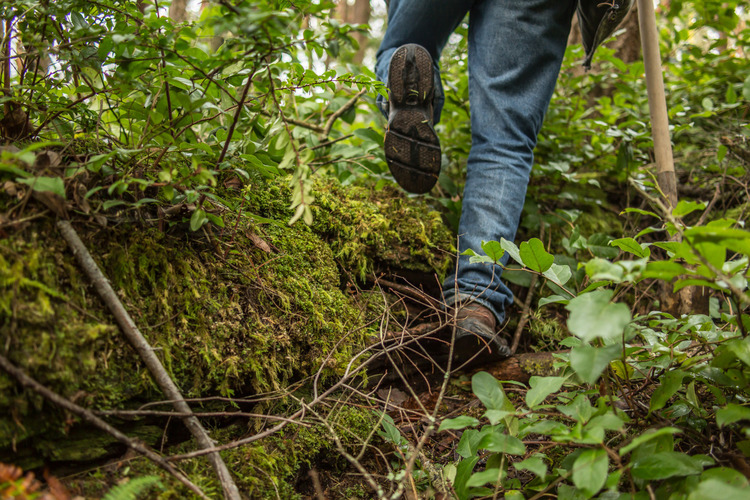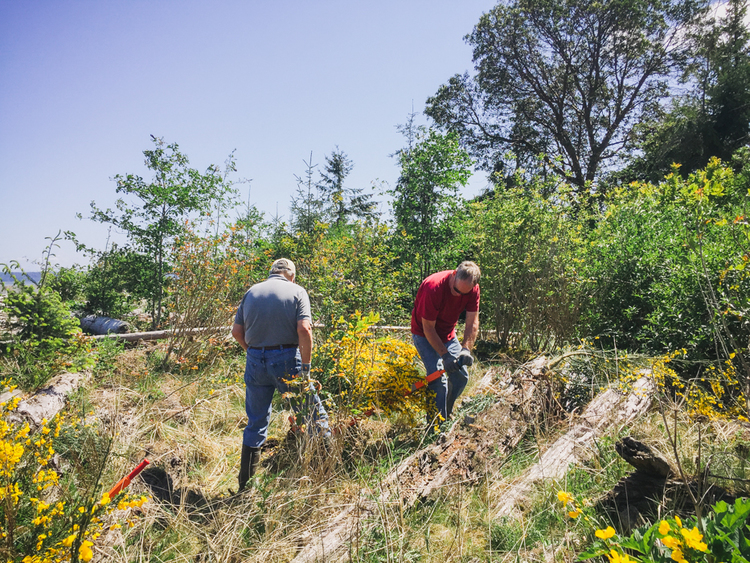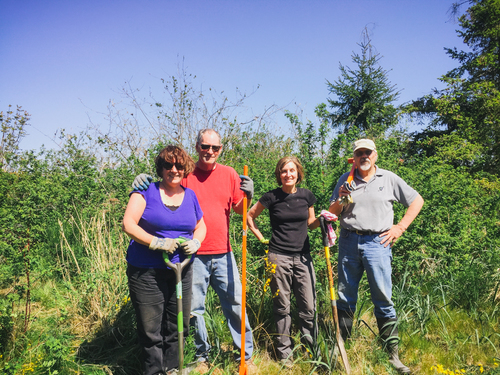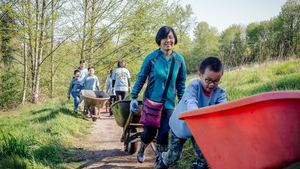RESOUNDING SUCCESSES FOR NATURE
HERE ARE JUST A FEW EXAMPLES OF THE ACHIEVEMENTS THAT YOU HAVE HELPED US ACCOMPLISH THIS YEAR:
AN EXPANSIVE LANDSCAPE FOR THE FUTURE
“For conservation to be relevant, it has to be local.””
Our forest-restoration work in the Central Cascades is well under way and significant progress was made this year. We've opened a new office in Cle Elum to be closer to the important work we're doing in the nearby forests and streams.
BUILDING FIRE-RESILIENT COMMUNITIES
We are helping to empower people in communities to take action to prepare, reduce risk, share lessons learned and be resilient living in a fire environment.
Ten communities across the state have been taking actions that are reducing their wildfire risk and sharing those lessons learned with each other.
FIGHTING FIRE
WITH SCIENCE
The Nature Conservancy is thinning trees on parts of our Central Cascade properties to create a more historic and variable forest structure that will make forests and communities resilient to fire.
INVESTING IN YOUR NEIGHBORS
Small-scale, sustainable businesses can infuse new life into communities, providing jobs and keeping local money local. That’s the premise for Washington Coast Works. The project represents a new way of thinking about conservation economics: a triple bottom line that values economics, ecology and people.
WATER IS LIFE
Water is our life-blood. With access to clean water, people and nature have prospered. Now we must work to ensure healthy rivers deliver clean water to Puget Sound and our communities.
A WATERSHED MOMENT
As one of America’s largest estuaries, Puget Sound is of national and tribal treaty significance. Recovery efforts are starting to yield results, but damage still outpaces recovery.
President Obama and Congress acknowledged this year that recovery in Puget Sound is still possible and provided funding commensurate with that awarded to other estuary programs, such as Chesapeake Bay or the Great Lakes.
TURNING BACK THE TIDE
Tidal marsh habitat near Fir Island is a quarter of what it was historically. This summer, an old dike was removed, allowing tides to flood in — and 131 acres became a new tidal marsh. By spring, tens of thousands of tiny Chinook salmon will find a safe haven.
At the same time, the future of farming is preserved.
CURRENTS OF CHANGE
For thousands of years, the Pacific Ocean and Puget Sound have inspired and sustained the people of the Northwest.
We’re transforming people’s relationship with the ocean.
FISHING FOR GEAR
We are addressing the issue of derelict fishing gear along Washington’s coast. In partnership with the Quinault Indian Nation, we have removed hundreds of pots, lines and buoys from the coast this year.
The proper disposal of gear before it becomes derelict can help prevent the impacts on the marine ecosystem. A derelict crab pot can still trap more than 100 crabs.
BUILDING A BETTER TRAP
Most commercial lingcod fishermen use trawl nets to capture lingcod along the coast. The main problem with this method is that trawl nets can capture unintended species of fish while scraping the sea floor at the same time.
The Nature Conservancy has teamed up with the University of Washington and lingcod fishermen in Ilwaco to invent a new fishing pot that protects habitat and sea creatures.
SAFETY ON THE SEA
With new oil-terminal developments, vessel traffic in the Salish Sea will increase. There is a growing call for changes and coordination to ensure communities’ livelihoods are protected from oil spills. We've been deep in the holds learning about vessel-traffic safety and sharing our knowledge with the Makah tribe.
A CHANGING WORLD
Communities across the state and around the world are already living with subtle and dramatic impacts of climate change. With so much in peril, we can’t afford to wait.
Two-thirds of Washington state residents support climate action at the state level.
“ The time has come for integrated and comprehensive thinking about climate change impacts and how we will respond together.””
A SEA CHANGE IN THINKING
The natural systems at risk from climate change can provide our greatest protection. When floodplains are healthy and rivers have room to roam, we see a dramatic reduction in the threat of floods resulting from the severe rain events that have grown in frequency in recent years. We presented what we've learned — pivotal information for restoration planning.
WHEN FIRE COMES CLOSE
Summers in Washington are getting hotter and dryer, which means greater risk of wildfire in our iconic forests. We’re bringing residents, landowners, firefighters and forest ecologists together to reduce risk before, during and after a fire. In September, when fire came too close in one community, such planning paid off.
RETHINKING OUR BACKYARDS
Investments made in bringing nature back into our cities will benefit both the people living here, and the future resilience of the region.
Children do not necessarily need “wild nature” to reap the benefits of contact with the natural world.
“Nearly 40 years of research reveal that nearby nature supports a wide range of positive health outcomes for people.””
ROLLING BACK PAVEMENT
Reclaiming even small patches of pavement and restoring nature’s filtering systems can have a significant effect in mitigating stormwater pollution, while at the same time reenergizing urban neighborhoods. Tacoma’s Hilltop neighborhood has reclaimed a derelict, crumbling parking lot and gained a multi-use green habitat.
A RUNOFF SUCCESS
The Perrinville Creek basin, located in Snohomish County, packs a punch. As rainfall runs over the paved surfaces and rooftops, its 1,200 acres of "uplands" drain polluted stormwater into the creek and eventually into Puget Sound. Nine out of 10 homeowners expressed willingness to install a rain garden in their neighborhood right-of-ways — and even on their own properties.
SHOVEL-READY VOLUNTEERS
IN 2016:
1,621 ACTIVE VOLUNTEERS
472 NEW VOLUNTEERS
19
Restoration work parties
29
Outreach events
4,200
Total volunteer hours
On our preserves, volunteers removed:
- Invasive Scotch broom
- English ivy
- Damaged and hazardous fencing
- Illegally dumped trash
SOCIAL MEDIA
Engaging with nature
by engaging through media
Facebook Followers
113,000 Followers in 2016
TOP TWITTER POSTS
We couldn't have done it without you. Thank you!
This video is our gift to you. Thanks for everything you do to support our work.
HELP US CONTINUE OUR WORK
Consider a gift to The Nature Conservancy to continue these great successes into 2017 and beyond!







